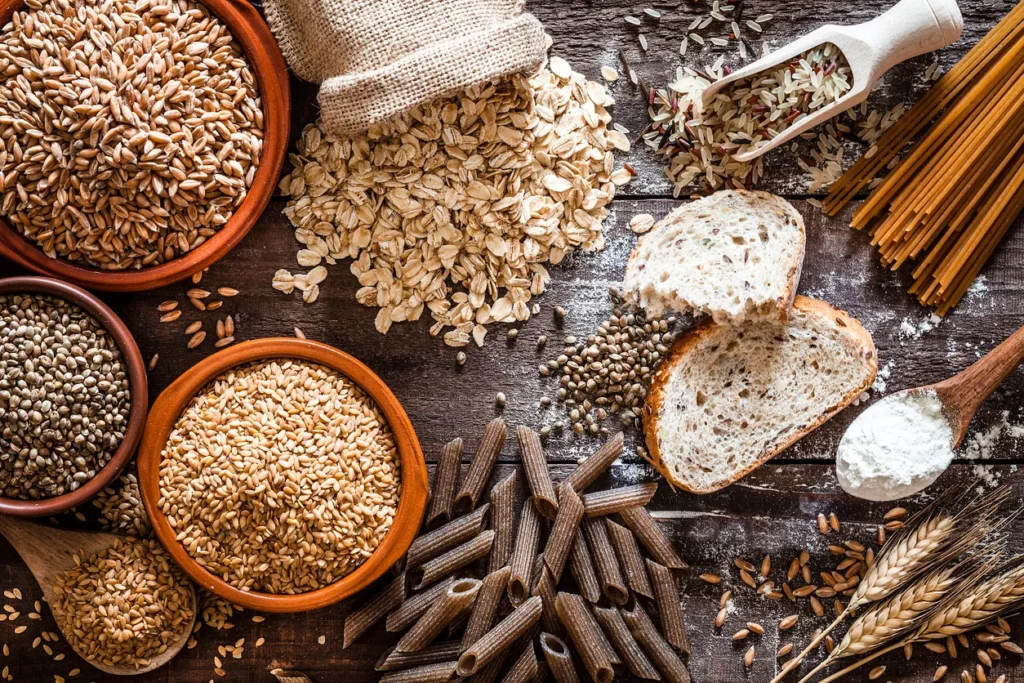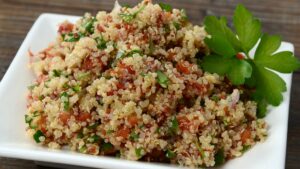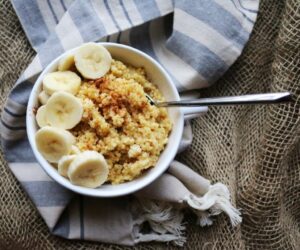
In the quest for healthier and more sustainable diets, many people are turning to ancient grains and ingredients that have been forgotten over time. These grains, such as quinoa, millet, and amaranth, were once staples of ancient civilizations but gradually faded from mainstream diets. Today, they are making a remarkable comeback, offering both nutritional benefits and a connection to our culinary past.
Historical Significance
Ancient grains have deep roots in human history. Quinoa, for example, was a sacred crop for the Inca civilization in South America. Known as the “mother of all grains,” it was revered for its high nutritional value and resilience in harsh climates. Similarly, millet was a staple in ancient China and Africa, where it played a crucial role in sustaining populations for thousands of years. Amaranth, a grain once cultivated by the Aztecs, was not only a food source but also held spiritual significance.
These grains were often pushed aside by modern agriculture, which favored crops like wheat and rice due to their higher yields and ease of processing. However, as interest in diverse diets grows, so too does the appreciation for these ancient foods.
Nutritional Benefits
One of the main reasons for the resurgence of ancient grains is their impressive nutritional profile. Quinoa, for instance, is a complete protein, meaning it contains all nine essential amino acids. This makes it an excellent option for vegetarians and vegans. It is also rich in fiber, magnesium, and antioxidants, making it a powerhouse of nutrients.
Millet, often overlooked, is gluten-free and a great source of magnesium, phosphorus, and iron. It’s also highly digestible, making it suitable for those with sensitive stomachs. Amaranth, another gluten-free grain, is packed with protein, calcium, and iron. Its high lysine content, an amino acid missing from many grains, makes it a valuable addition to a balanced diet.
Modern Sustainable Diets
The revival of ancient grains is closely tied to the growing movement towards sustainable eating. These grains are often more resilient to extreme weather conditions and require fewer resources to grow compared to modern monoculture crops. For example, quinoa thrives in high altitudes and poor soils, making it a sustainable option for farmers in regions affected by climate change.
Furthermore, the diversity of these grains helps reduce the reliance on a few staple crops like wheat, corn, and rice, which dominate global agriculture. By incorporating ancient grains into modern diets, we can promote biodiversity and food security.
Incorporating these grains into daily meals is easier than ever. Quinoa salads, millet porridge, and amaranth-based snacks are becoming popular choices in restaurants and home kitchens alike. Chefs around the world are experimenting with these grains, adding them to traditional dishes or creating entirely new recipes. For example, in Peru, quinoa is not only used in salads but also in soups, breads, and even desserts, demonstrating its versatility.
Real-World Examples
The rise of ancient grains is not just a trend in health-conscious circles but is also being embraced by the food industry. In the United States, companies like Bob’s Red Mill and Ancient Harvest have popularized these grains by making them more accessible to consumers. In Europe, the Slow Food movement has championed the revival of heritage grains, encouraging farmers and chefs to reintroduce these foods to the market.
In India, millet is experiencing a resurgence as a key component of traditional dishes like ragi (finger millet) porridge and bajra (pearl millet) rotis. These dishes, once considered old-fashioned, are now celebrated for their health benefits and cultural significance.
The revival of ancient grains is more than just a dietary trend; it represents a return to our roots and a step towards a more sustainable future. By reintroducing these forgotten foods into our diets, we not only benefit from their nutritional richness but also support agricultural diversity and sustainability. As more people rediscover the value of these grains, they are likely to become a permanent fixture in our kitchens and on our plates.
